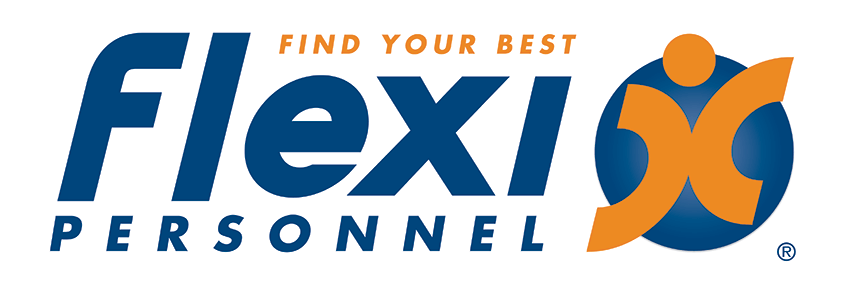
How should you Structure an Employee Induction?
Induction, sometimes known as onboarding, can be what makes or breaks an employee’s experience at a company. A successful induction phase sets up an employee for a great experience with the organisation; conversely, if induction does not go so well, it is more likely for an employee to have a difficult time at the organisation, or for them to leave abruptly.
For this reason, employee induction must be taken quite seriously. You need to quickly determine what you can do to maximise the likelihood that an employee will be successful with the company and then focus your induction around these activities. There are a few tips to keep in mind when bringing in a new hire to ensure that the induction goes smoothly.
Connect Job Descriptions to Training Functions
The easiest way to cut through all of the noise and ensure that you have an effective training program that equips your hires with the skills they need is to directly link their job description with the training activities that you are considering for their induction. For example, if you are training a sales rep who will need to learn how to appraise a customer’s needs, you might provide them with a list of common challenges for customers in your industry, as well as take them out with current sales reps to ensure that they get sufficient in-field exposure. Whatever type of employee you are bringing on, make sure that every activity in their employee induction phase has a quantifiable impact on their ability to complete the tasks that they will have to handle on a daily basis.
Consider Your Delivery Methods
When many people think of training, the idea of sitting in a conference room while a single presenter delivers a marathon-like presentation, usually accompanied by some mundane PowerPoint slides, comes quickly to mind.
However, the modern training and eLearning industry has made it so that this situation does not have to be the norm when it comes to employee induction. If you have not already considered it, you may want to think about taking advantage of modern tools for training, such as online modules that can be taken from any location using a number of different devices.
There are a number of benefits to using this kind of approach. First, it will most likely be more accessible for younger hires, who are used to technology like computers, the Internet, and mobile devices, since they grew up with them. Employee induction training modules that your new hires can complete on their own also gives your business a more modern impression, which makes you more favourable with the highest-quality candidates available in the hiring pool. Finally, using these types of induction methods also makes it more likely that an employee will go through the exercises honestly, which will help them gain the most benefit from their induction.
Legal Regulations for Employee Induction
For companies in certain industries that are hiring people, it is important to be well aware of the legal regulations that govern employee induction. This is applicable for healthcare companies, for example, which have an obligation under the laws of the Healthcare Identifiers Act 2010 to handle patient information appropriately. Legal regulations also need to be noted for companies which are hiring people into positions that involve physical activity, such as construction or manufacturing. There are several legal bodies, including Safe Work Australia, that have laws that must be followed regarding the way that construction workers must be introduced into their craft so that they can understand what is necessary for them to get their work done safely.
Also remember that your induction should be a gradual process; the shorter the window of time that an employee receives for induction, the more pressure will be placed on them to perform properly. The best employees will grasp their position quickly, but will always be learning; there is always room for growth and improvement, and one of the signs of a good employee is recognising that this opportunity for growth begins at the employee induction phase.
While it may take you a few tries to get your induction process down perfectly, it is well worth the effort. A smooth employee induction process that adequately prepares your new hires to work competently in their positions will save you money and help you reduce turnover. It will also make your team members more motivated and engaged, which will help you harness the full power of the excellent team that you have assembled at your workplace.






Leave a Reply
You must be logged in to post a comment.